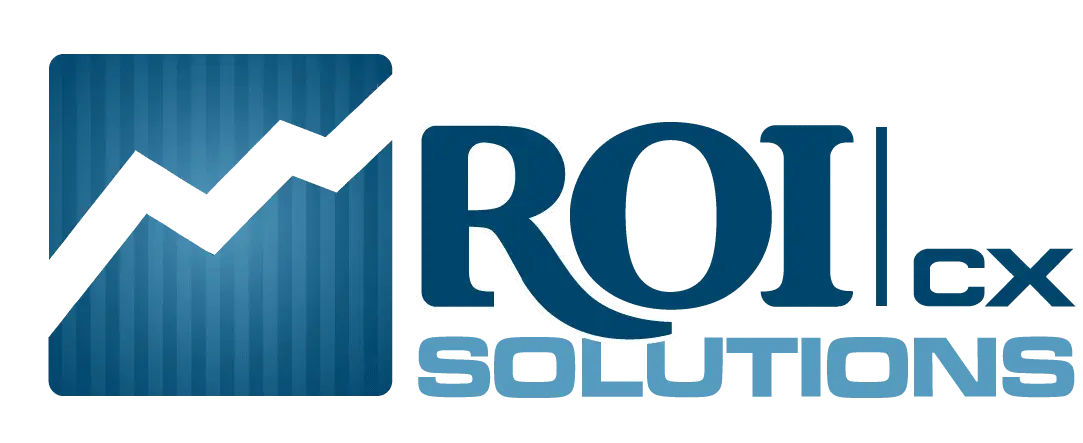Successfully Combining Inbound and Outbound Marketing
Traditional media (paid advertising) has ruled the marketing world for many decades and there’s a reason. It works! However, its high cost and a low percentage of genuine leads might make you wonder if there’s a better way.
Inbound marketing is a lower-cost strategy that gets the interested consumer to come to you. Sounds great, but what’s the catch? The catch is that there are so many companies competing against each other that it’s hard to get your company noticed amongst the dozen others who are offering the same product or service.
So what’s the answer? Combine the two strategies! By creating a marketing plan that involves both inbound and outbound methods, your call center can help your clients reach the most interested prospects and then can be very effective at changing those prospects to customers.
The Differences Between Inbound and Outbound Marketing
Marketing is the action of promoting and selling products or services. But what is the difference between inbound marketing and outbound marketing?
Outbound Marketing reaches a wide audience, regardless of their interest in your product, service, or brand, in hopes that they become interested.
- Customers are informed through TV ads, radio, newspaper, magazines, direct mailers, billboards, and cold calling.
- Ads can be viewed as pushy or intrusive because they are irrelevant to much of its audience. Therefore, consumers often miss or ignore communication efforts.
- Leads are unmeasurable.
Inbound Marketing reaches customers at various buying stages who are actively seeking information or have shown interest in your product, service, or brand.
- Customers are seeking information through search engines, blogs, newsletters, social media, and referrals.
- It involves interactive, two-way communication where the customer usually makes the initial phone call or email.
- More qualified leads are produced.
Although these two marketing strategies are different, when working conjunctively, a successful, focused marketing campaign can be created. Doing so will increase genuine leads, capture important data, and ultimately provide a higher success rate for the company.
Preparing for Your Plan
Before a specific marketing strategy is put in place, there are a few steps to complete in order for your plan to be successful.
The first step in preparing your new marketing plan is to be precise about defining your target market. What’s their geography, age, and psychographics (attitudes and aspirations)?
The second step is to generate a list of prospects. Two ways of doing this include purchasing a targeted list or using the advanced search function in LinkedIn. For an even more effective list, generate legitimate leads from a company’s website traffic or other online leads.
The third step is to track the online habits of your customers and website leads in order to correctly obtain or develop content that is valuable to them.
Once these three steps are completed, it’s time to come up with some specific strategies that will help companies gain an upper hand in the advertising market.
Transformative Marketing Strategies
The correct way of viewing the combination of inbound/outbound strategies is that they work in tandem to accelerate marketing efforts. Inbound phone calls are an excellent way to track and gain valuable information about a company’s customers so that outbound phone calls can achieve a higher conversion rate.
Here are a few transformative strategies that a call center can implement with inbound calls (without stretching the advertising dollar too thin) to help clients gain valuable information. When that happens, advertising methods succeed.
- Use click-to-call buttons for mobile devices.
- Track customer questions and concerns.
- Get a broader view of a buyer’s path to purchase.
- Gain demographic details.
- Integrate call tracking (Analytical data via different channels).
- Gather predictive intelligence (Data collecting that is used to offer consumers relevant communications).
Once you have tracked the above information, the following outbound call strategies will be more successful.
- Right Party Calling: A quick and easy call to a home or company simply to get the name of someone who might be a prospective buyer. Don’t try to sell anything. This one call will help a company focus their efforts on the correct person.
- Appointment Setting Calls: The objective is to get an appointment with the person who makes purchasing decisions. First thing, tell the prospective customer what is in it for them. Next, in order to gain their attention and your own credibility, state the name of the person or company who referred you to them.
- Advice-Seeking Calls: This is a phone call seeking genuine advice or expert opinion about the company’s product or service. Don’t make a sales pitch. Ask questions.
By strategically combining your company’s inbound marketing strategies with your company’s outbound marketing strategies, your customers and potential clients will be more engaged and ready to take the next step toward a purchase.





